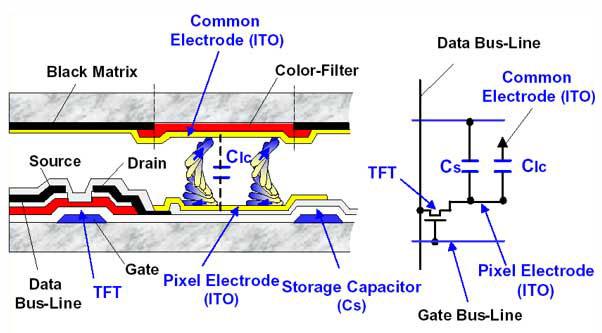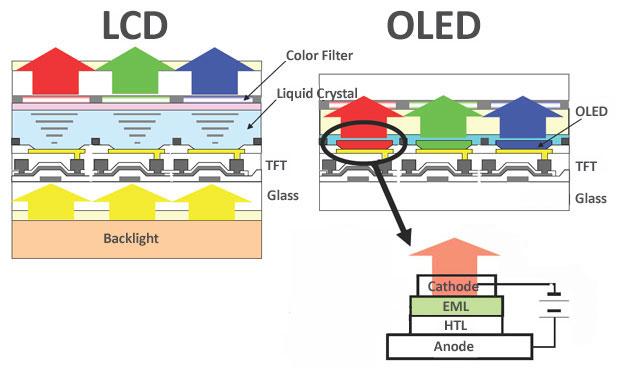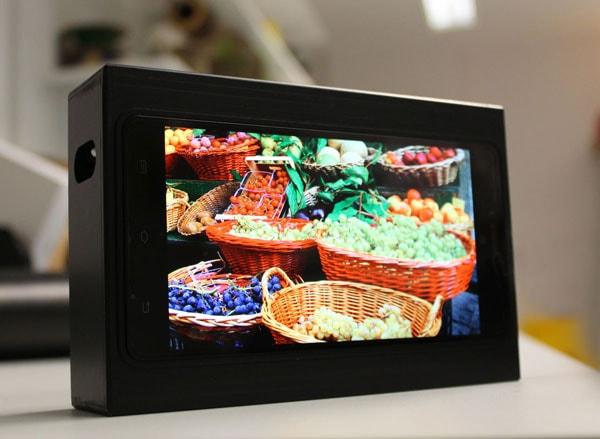Are colour AMOLED displays ready to offer a better alternative to TFT-LCDs for industrial applications? Are advances in TFT keeping up with the clarity offered by OLED and what are the price differentiations? When selecting the display technology for new industrial products designs it is important to understand the differences between them to ensure an informed decision is made on the overall end user experience.
What is a TFT display?
A Thin Film Transistor (TFT) FT display is a form of Liquid Crystal Display with thin film transistors for controlling the image formation. The TFT technology works by controlling brightness in red, green and blue sub-pixels through transistors for each pixel on the screen. The pixels themselves do not produce light; instead, the screen uses a backlight for illumination. Discover our TFT Products!

What is an AMOLED display?
Standing for Active Matrix Organic Light Emitting Diode, this type of display requires no backlight and can light up or turn off each of their pixels independently, meaning they offer better contrast and colour. As the name suggests they are made of organic material.

What are the benefits and negatives of a TFT display?
Benefits of a TFT:
- Mature technology: manufacturing processes efficient and yields are high
- Prices are very competitive
- Available in a wide range of sizes
- Can be cut down to custom fit an enclosure, without loss of performance
Negatives of using a TFT display:
- Contrast can be limited
- Colour inversion can be seen at extreme viewing angles
- Display not completely black when switched of

What are the benefits and negatives of an AMOLED display?
Benefits of using an AMOLED:
- No backlight means less power consumption
- Very slim profile display
- Bright, vibrant colours
- All round viewing angles
- Displays looks black when switched off
Negatives of using an AMOLED:
- More expensive to produce than TFT
- Shorter lifespan than TFT
- OLED panels are affected by the presence of water

What about the Super-TFT?
Otherwise knows as the IPS display, this superior version of the TFT provides all round viewing angles and exceptional contrast ratio, however this comes at a premium cost compared to standard TFT models.
TFT vs AMOLED: summary of positives and negatives
| TFT | AMOLED | ||
|---|---|---|---|
| + | - | + | - |
| Efficient manufacturing processes and high yields | Contrast can be limited | Less power consumption | More expensive |
| Very competitive prices | Colour inversion at extreme viewing angles | Very slim profile display | Shorter lifespan |
| Wide range of sizes available | Display not completely black when switched off | Bright and vibrant colours | Affected by presence of water |
| Cut down option available | All round viewing angles | ||
| Displays looks black when switched off | |||
As with all display choice, knowing your intended audience, user requirements and environmental conditions, all form part of the initial design process, which will ultimately determine the best display at the right price for your application. Before you make your choice, why not speak with us and we will be happy to talk you through your options.


